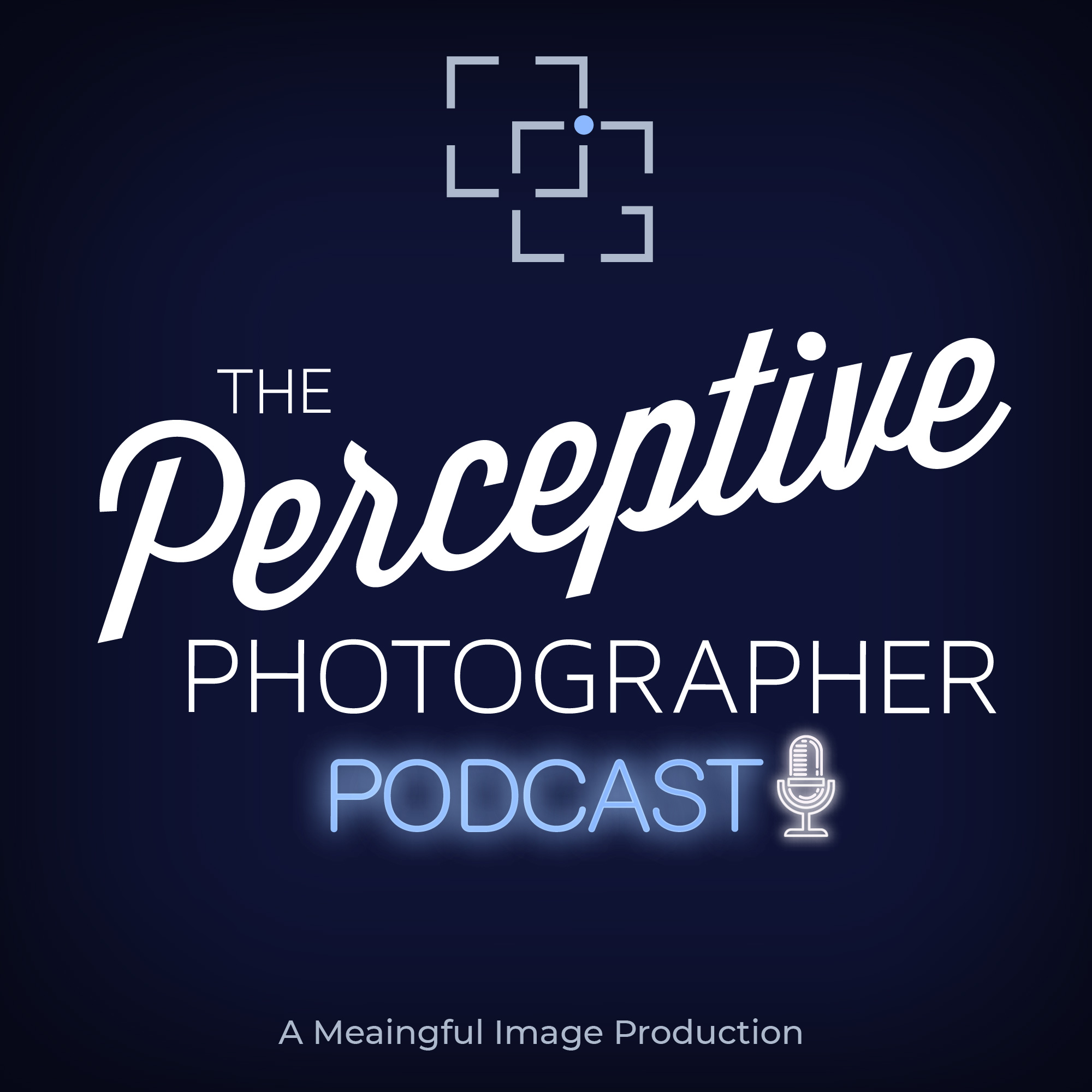Podcast: Play in new window | Download
Subscribe: Spotify | iHeartRadio | TuneIn | More
In this Episode
In this first of a three-part series of podcasts about how to take an idea to concept to execution, we take a look at where ideas originate, how to capture those ideas, and how they evolve into concepts. In Part two we will be looking at how to move from concept to photo series. Part three concludes with taking the series to completed execution.
One of the greatest parts of living a creative life is how we are always being inspired by the world around us. From the food we eat to the shows we watch to the books we read, there is nothing that doesn’t influence and shape our ideas. One of the common threads that I see in most creative people is that they seek out new experiences and combine those experiences into inspiration. I feel that most of us have a root source for our ideas.
For some, it might be the written word. For others, it might be conversations and for others, it might be visual. When you find yourself stuck, you can always return to those root sources and find ways to be inspired. Once you have an idea, it is important to capture those thoughts. It doesn’t matter how you capture them, as long as you write it down, record it, or put it on post-it notes. The key is not to forget those ideas.
Eventually, you can group those ideas into concepts. These concepts start to combine various aspect and ideas into a single element or series of items. I think this is the beginning of the storytelling process or the creation of rough drafts and outlines. The key here is not to get stuck in just ideation but to make sure that you move to the execution of a concept. We will talk more about that implementation process in the next podcast.
For me, I like to write things down in a journal and use Evernote to capture and group ideas, but like I said you have to find what works for you and stick with it. Getting those ideas and finding new combinations is an amazing way to spend your creative energy.
Once you have given your feedback, you need to continue to find ways to extend the empathy. How has the feedback landed? Have you given them a chance to respond? What does it look like when you let them have the time and space to listen, process and respond. Even more important, what does it look like when you offer yourself the same level of empathy when looking at your work?
If you subscribe to the Perceptive Photographer up on in iTunes and have you take a few minutes to do a quick review, it can help others learn about the show.

